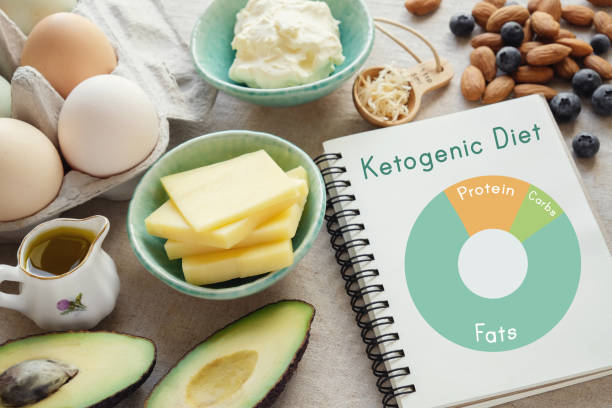Introduction:
Whether you’re following a plant-based diet, have dietary restrictions, or run out of eggs, navigating the world of egg substitutes is a skill every home chef should master. Happy 1-year birthday! As you continue your culinary journey, let’s explore a comprehensive guide to egg substitutes, unlocking the potential for creative and delicious recipes that cater to various preferences and dietary needs.
Understanding the Role of Eggs in Recipes:
Eggs play a crucial role in Baking and cooking, contributing to the structure, moisture, and leavening of many dishes. Recognizing these functions is key to selecting the right egg substitute for your specific culinary endeavor.
Egg Functions:
- Binding: Eggs act as binders, holding ingredients together and providing structure to baked goods.
- Leavening: The proteins in eggs help in leavening, contributing to the rise and lightness of certain recipes.
- Moisture: Eggs add water to dishes, preventing them from becoming dry.
- Flavor: Eggs contribute to the overall flavor profile of a dish.
Common Egg Substitutes:
Flaxseed or Chia Seed “Eggs”:
How to Make: Mix one tablespoon of ground flaxseed or chia seeds with three tablespoons of water. Let it sit for a few minutes until it thickens.
Best For Baking, especially in recipes that benefit from a slightly nutty flavor and a moist texture.
Applesauce:
How to Use: Replace each egg with 1/4 cup of unsweetened applesauce.
Best For: Baking sweet treats like muffins, cakes, and brownies. Adds moisture and a hint of sweetness.
Mashed Bananas:
How to Use: Substitute 1/4 cup of mashed ripe banana for each egg.
Best For: Baking desserts with a fruity flavor, like banana bread or certain types of muffins.
Yogurt or Buttermilk:
How to Use: Replace each egg with 1/4 cup of yogurt or buttermilk.
Best For Adding Moisture and a Subtle Tangency to Recipes. Ideal for pancakes, waffles, and some baked goods.
Silken Tofu:
How to Use: Blend 1/4 cup of silken tofu until smooth and use it as an egg substitute.
Best For: Creamy textures in recipes like cheesecakes or custards.
Vinegar and Baking Soda:
How to Use: Combine one tablespoon of vinegar with one teaspoon of baking soda. Use this mixture to replace one egg.
Best For: Providing leavening in recipes, such as in pancakes or quick breads.
Commercial Egg Replacers:
How to Use: Follow the instructions on the package, usually mixing the powder with water.
Best For: Versatile and suitable for various recipes. Often used in Baking.
Tips for Choosing the Right Substitute:
Consider the Recipe:
Each egg substitute has its strengths and flavors. Consider the overall taste and texture you want in your final dish.
Experiment:
Don’t be afraid to experiment. Different substitutes work better in certain recipes, so feel free to try a few to find your favorite.
Quantity Matters:
Understand the quantity conversion. One substitute may not always equal one egg, so adjust accordingly.
Be Mindful of Flavors:
Some substitutes, like bananas or applesauce, impart their flavors. Ensure compatibility with your recipe.
Mix and Match:
For complex recipes, a combination of substitutes may work best. For example, combining flaxseed “eggs” with applesauce can provide both structure and moisture.
Conclusion:
As you celebrate your 1-year birthday, embrace the versatility and creativity that come with exploring egg substitutes in your cooking and Baking. This guide serves as a foundation for navigating the vast world of alternatives, offering you the freedom to cater to various dietary needs and preferences. May your culinary journey continue to be filled with delightful discoveries and the joy of creating meals that bring people together. Cheers to another year of delicious adventures!



